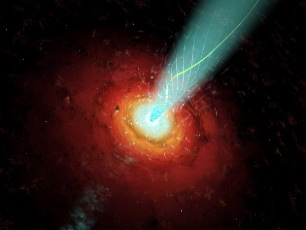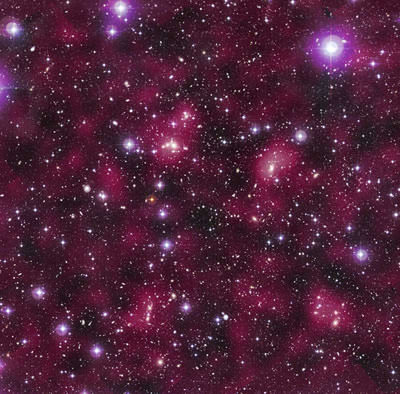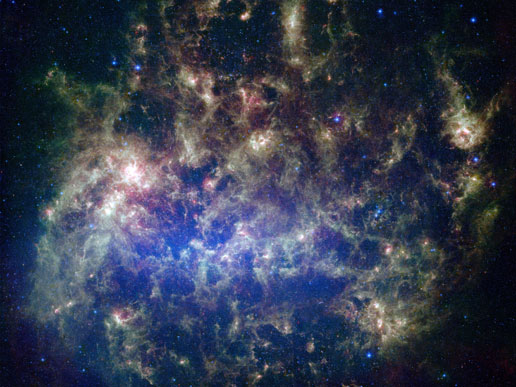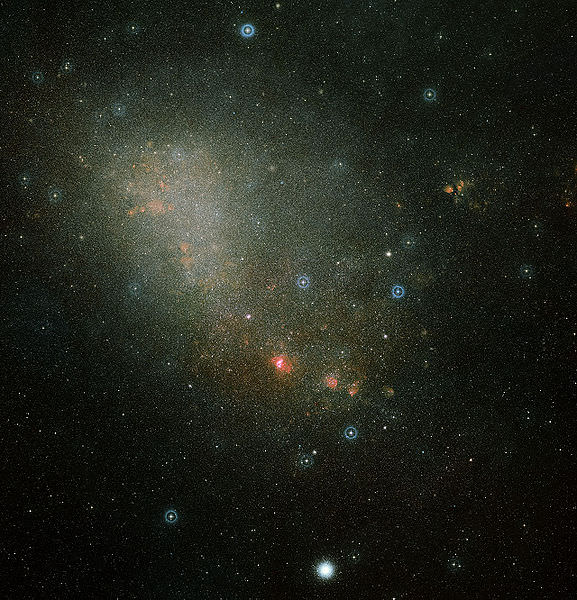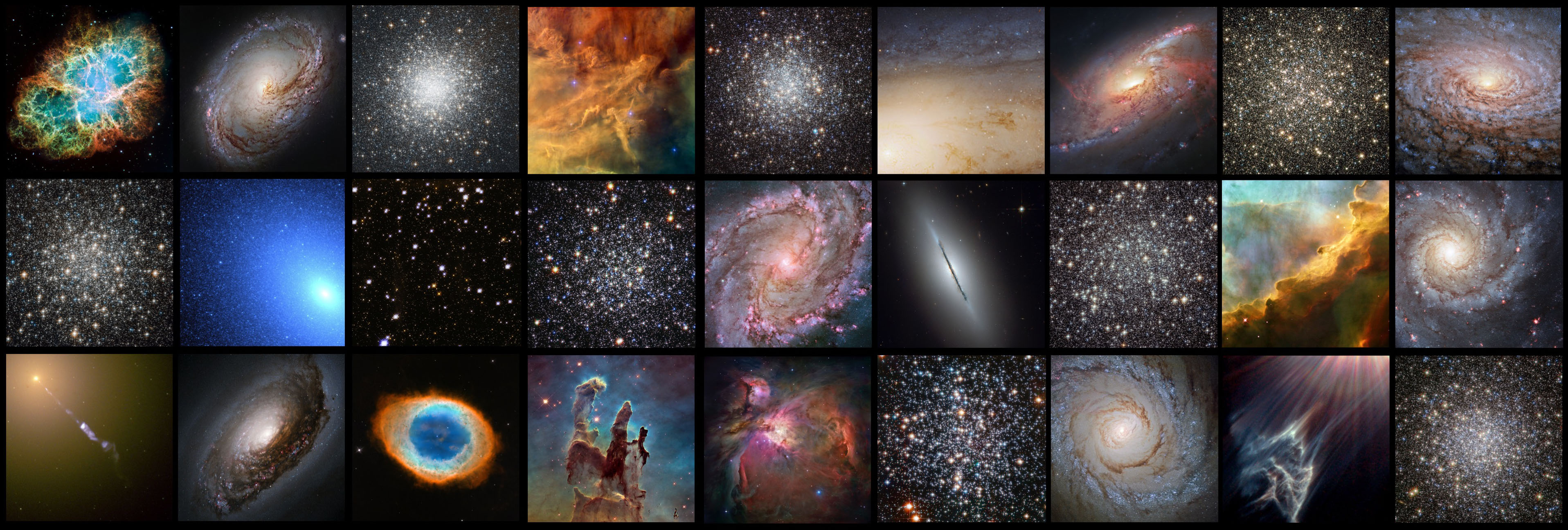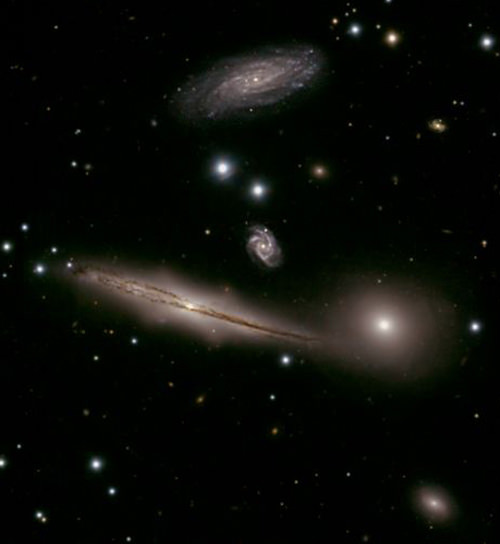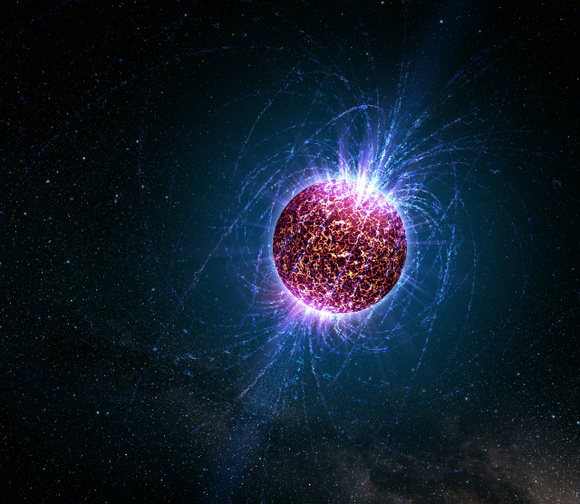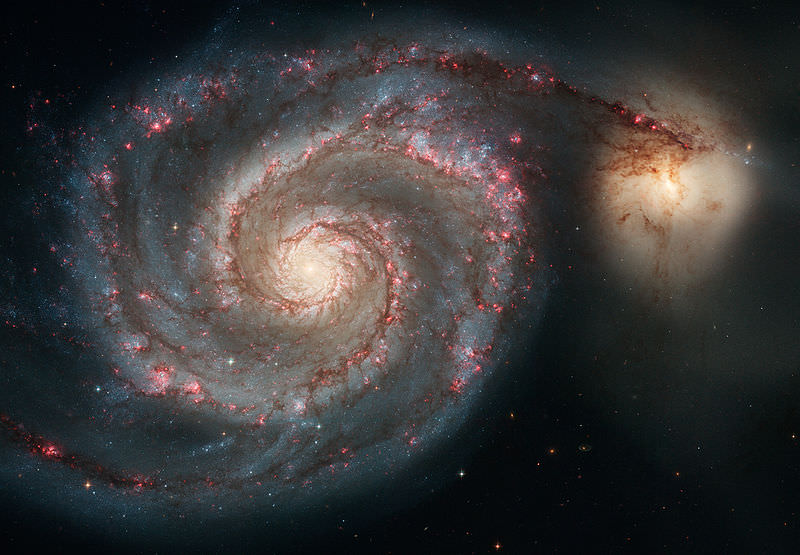[/caption]
Our own Milky Way is an example of a grand spiral; a vast collection of 200 to 400 billion stars. Much smaller galaxies than our own are known as dwarf galaxies. They only contain a few billion stars, and have a fraction of the mass of the Milky Way.
A good example of a dwarf galaxy is the Large Magellanic Cloud, located about 160,000 light-years from Earth. It contains about 1/10th the mass of the Milky Way, and has about 10% of its stars. Two other dwarf galaxies are even closer to the Milky Way, and have been captured by our galaxy’s gravity. Other dwarf galaxies are just remnants that have been torn apart by the Milky Way’s gravity, and are currently being incorporated into the structure of our galaxy.
Some astronomers think that the largest globular cluster in the Milky Way, Omega Centauri, might have once been a dwarf galaxy that had its outer stars stripped away.
Just like their larger cousins, dwarf galaxies can be classified into three varieties: dwarf elliptical galaxies, dwarf irregular galaxies, and dwarf spiral galaxies.
The smallest dwarf galaxies in the Universe are known as ultra compact dwarf galaxies. These are a recently discovered class of galaxies not much more massive than a globular star cluster. They can be as small as 200 light-years across and contain about a hundred million stars. It’s thought that ultra compact dwarf galaxies are just the cores of dwarf elliptical galaxies that were stripped of gas and outlying stars.
Our Local Group of galaxies contains just three large spiral galaxies: Andromeda, the Milky Way, and the Triangulum Galaxy. All of the others are dwarf galaxies of varying sizes.
We have written many articles about galaxies for Universe Today. Here’s an article about a companion dwarf galaxy that’s almost invisible.
If you’d like more info on galaxies, check out Hubblesite’s News Releases on Galaxies, and here’s NASA’s Science Page on Galaxies.
We have also recorded an episode of Astronomy Cast about galaxies – Episode 97: Galaxies.


